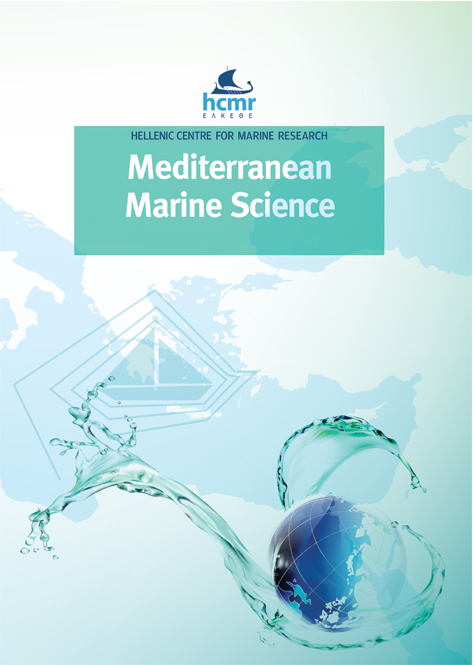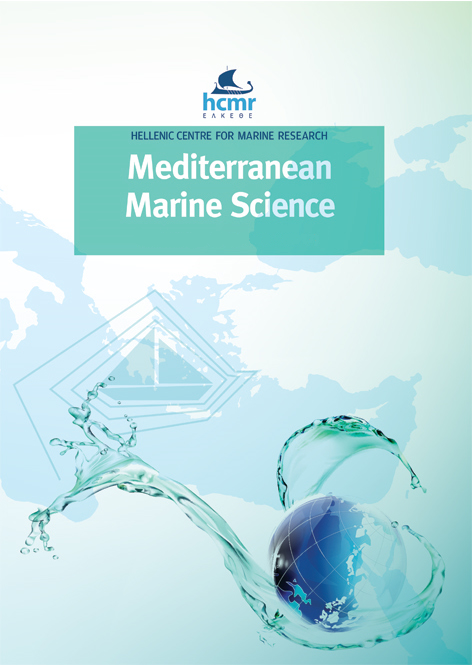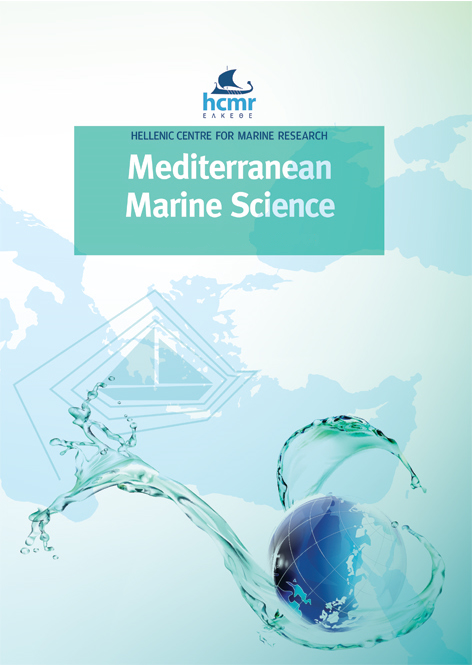The dual impact of Ostreopsis cf. ovata on Mytilus galloprovincialis and Paracentrotus lividus: Toxin accumulation and pathological aspects

Abstract
Blooms of the toxic dinoflagellates Ostreopsis have become common along rocky shores of the Mediterranean Sea. In addition to health problems for beach-goers, Ostreopsis toxins may accumulate in benthic marine animals used for human consumption, which however at times have shown signals of stress and even mortality. In order to elucidate the actual relationships between Ostreopsis and benthic invertebrates, we exposed mussels Mytilus galloprovincialis and sea urchins Paracentrotus lividus from the Gulf of Naples to cultures and natural material of O. cf. ovata and assessed feeding and adverse effects on the animals, along with their acquired toxicity. Mussels exposed to O. cf. ovata for 24 hours filtered the microalgae at different rates, depending on both mussel size and microalgal density, and became weakly toxic in some cases. Under longer exposure most animals died and all survivors were toxic. Detoxification of a naturally toxic mussel populations from an area affected by O. cf. ovata blooms took more than two weeks. Sea urchins fed with the red alga Asparagopsis taxiformis epiphytised by O. cf. ovata did not show damages and became mildly toxic in some cases. However, the direct exposure of sea urchins to O. cf. ovata cultures caused the partial or total loss of the spines in a density-dependent way, with the death of the animals at the highest microalgal concentrations. Milder effects were registered with sonicated cultures or toxin extracts. Our results indicate that the balance between toxicity and animal health in these invertebrates depends on the mode and intensity of exposure to the toxic microalga, while the response varies between the two species but also within the same species. This scenario matches the variety of responses of benthic populations recorded in the natural environment in areas affected by O. cf. ovata blooms.
Article Details
- How to Cite
-
SARDO, A., ROSSI, R., SOPRANO, V., CIMINIELLO, P., FATTORUSSO, E., CIRINO, P., & ZINGONE, A. (2021). The dual impact of Ostreopsis cf. ovata on Mytilus galloprovincialis and Paracentrotus lividus: Toxin accumulation and pathological aspects. Mediterranean Marine Science, 22(1), 59–72. https://doi.org/10.12681/mms.24160
- Issue
- Vol. 22 No. 1 (2021)
- Section
- Research Article
Authors who publish with this journal agree to the following terms:
- Authors retain copyright and grant the journal right of first publication with the work simultaneously licensed under a Creative Commons Attribution Non-Commercial License that allows others to share the work with an acknowledgement of the work's authorship and initial publication in this journal.
- Authors are able to enter into separate, additional contractual arrangements for the non-exclusive distribution of the journal's published version of the work (e.g. post it to an institutional repository or publish it in a book), with an acknowledgement of its initial publication in this journal.
- Authors are permitted and encouraged to post their work online (preferably in institutional repositories or on their website) prior to and during the submission process, as it can lead to productive exchanges, as well as earlier and greater citation of published work (See The Effect of Open Access).






